

Max Davies
2025 Toyota HiAce LWB review
6 Days Ago

News Editor
Jaguar could be repositioning itself as a purveyor of more exclusive electric luxury SUVs, with some models encroaching on Bentley territory in price.
Autocar reports the luxury brand will introduce a range of electric SUVs based on its new Panthera platform.
The brand reportedly plans to build 50-60,000 vehicles per year.
The range will reportedly open with a pair of SUVs – one with three doors, the other with five, each with different names – with a starting price of between £80,000-£90,000 (A$141,175 to $158,815).

That’s more expensive than a top-spec I-Pace in the UK, whereas an F-Pace SVR costs £81,510 (A$148,833) in the UK. The latter is priced almost identically here.
These two SUVs will reportedly be similar in size to the 4.97m-long Porsche Taycan Sport and Cross Turismo wagons and offer a choice of single- and dual-motor powertrains.
Top-spec models could reportedly cost upwards of £120,000 (A$211,778), with even more expensive SVR models a possibility.
The flagship Jag will reportedly feature a 200mm-longer wheelbase and standard dual-motor all-wheel drive, with an emphasis on second-row comfort.
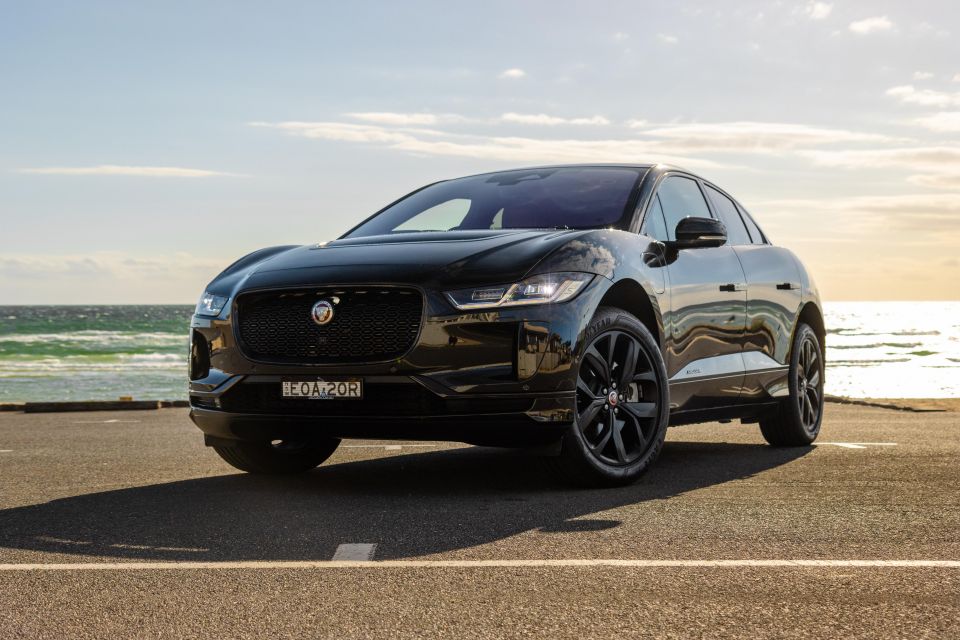
Prices will reportedly start at around £120,000 and approach £200,000 (A$352,964) in SVR guise. For reference, the Bentley Bentayga is priced between £137,695 and £229,500 in the UK, though it’s considerably more expensive here.
Nick Collins, Jaguar Land Rover’s executive director of vehicle programs, told Autocar the next-generation Jaguar products’ designs have been signed off and they’ll be shown to the public in 2024.
Before then, prototypes will be on the road disguised as Range Rover Sports.
As to what the production vehicles will look like, Mr Collins didn’t provide much detail other than that they’ll be breathtaking.
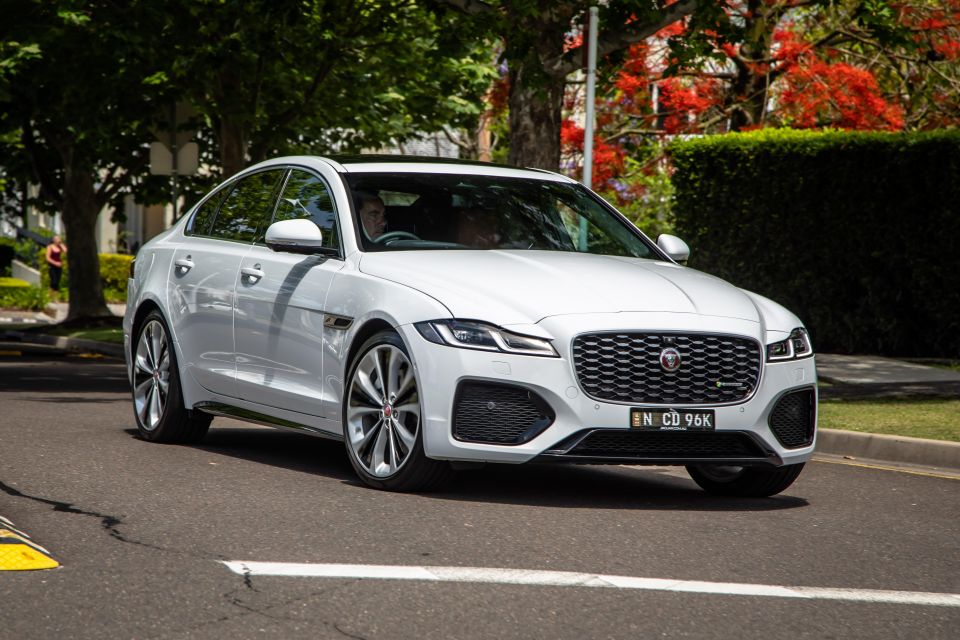
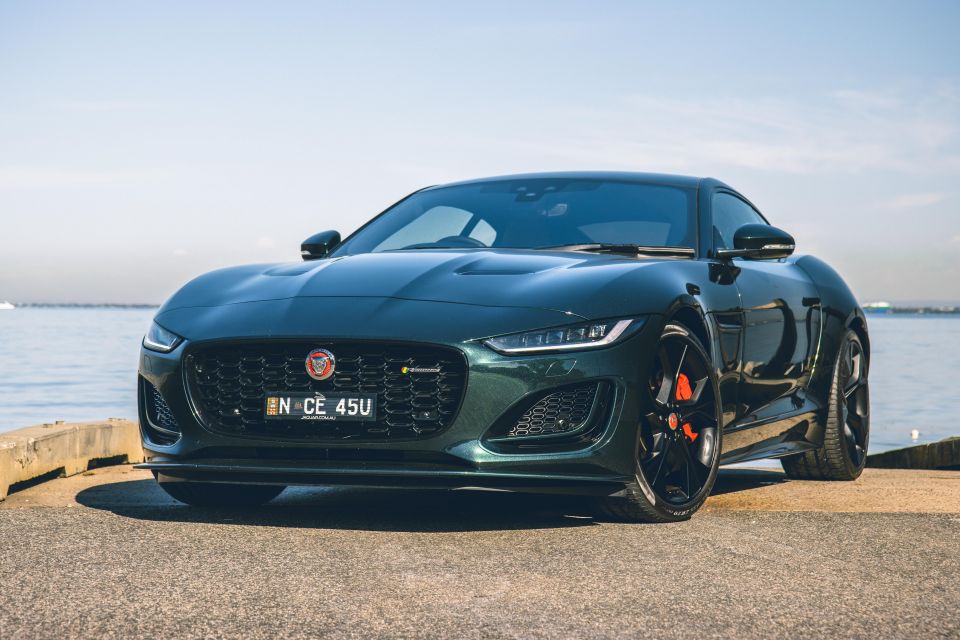
“I can’t talk specifics, but the way to understand the link between new and old is to think about the brand’s specifics,” he said.
“Summarise the emotions that Jaguars have always generated, then think how to represent them in a modern product.
“For me, it’s similar to the job we did with the new Defender: we were never hindered by the old one when we did it.
“We’ve recently honed Jaguar values to a few words. I won’t reveal them, but they let us maintain the absolute purity of the brand.”
They’ve been penned under design boss Gerry McGovern.
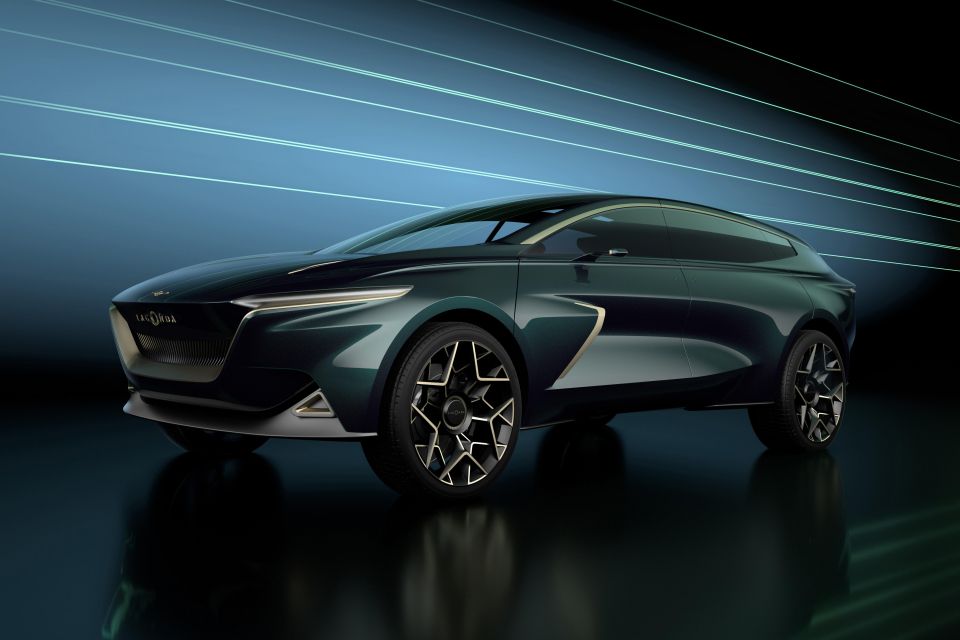
These Jaguars could reportedly feature more eco-friendly materials, such as carpets made from wool, silk and recycled fabrics, as well as ceramic, stone and glass interior trim.
In essence, Jaguar’s purported pitch as an exclusive, ultra-luxury electric SUV brand calls to mind Aston Martin’s aborted plans to relaunch the Lagonda marque producing vehicles in this vein.
All next-generation Jaguars, as well as Land Rover and Range Rover models from 2025 onwards, will be built around a new ‘software-defined’ platform developed with computing giant Nvidia.
The partnership is intended to give JLR’s future cars a “wide spectrum” of active safety, driver assist and automated driving functions; in-car AI occupant monitoring; and new interior visualisation functions – perhaps incorporating augmented reality.
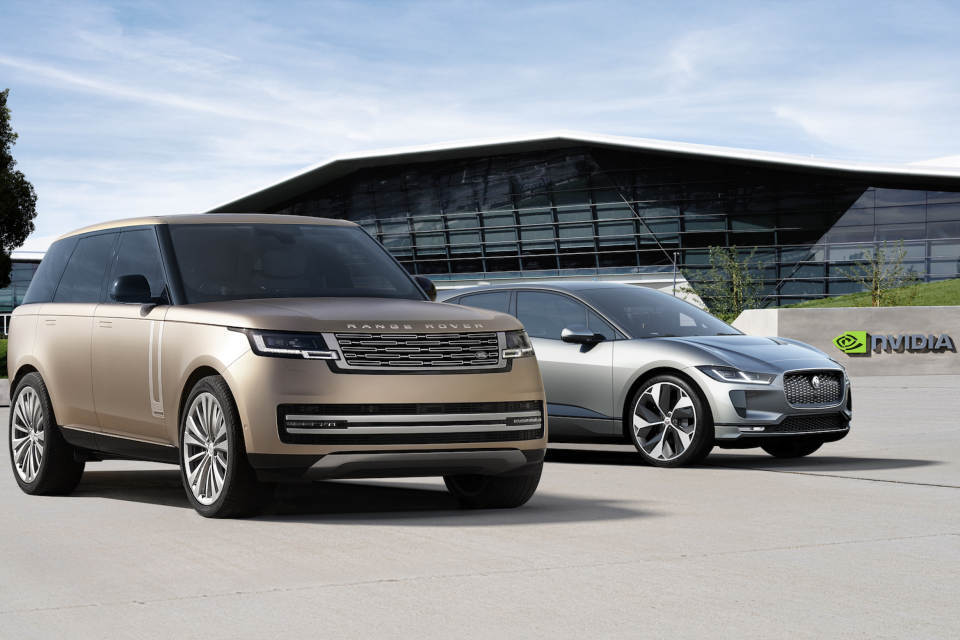
Future JLR products will use Nvidia’s DRIVE Hyperion developer platform featuring the full software stack for autonomous driving (DRIVE AV) and driver monitoring (DRIVE IX), with over-the-air updates. The DRIVE Orin AI brain will run the familiar JLR operating system interface.
NVIDIA says its AI in this form computes data sourced from 12 exterior cameras, three interior cameras, nine radars, 12 ultrasonics, and one front-facing LiDAR, plus one LiDAR for ground truth data collection.
Models on the new Panthera platform are also expected to feature 800V charging hardware and feature extensive use of aluminium, like the current F-Pace.
Jaguar has been keeping mum about its future plans.
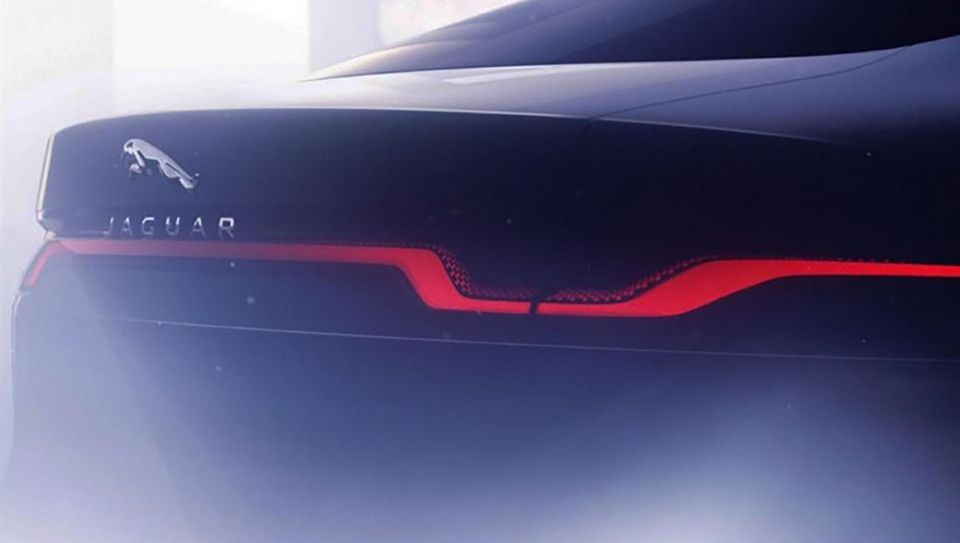
It announced in February 2021 it would become EV-only by 2025, but was scrapping the next-generation Jaguar XJ.
The surprising call came despite the sedan’s development being well advanced and its launch mere months away.
A rumoured flagship SUV, potentially called the J-Pace, was also scrapped. Both models were set to use the new Range Rover’s MLA platform.
CEO Thierry Bolloré also noted at the time the brand was looking for a platform partner for its EVs, but could develop a platform itself.
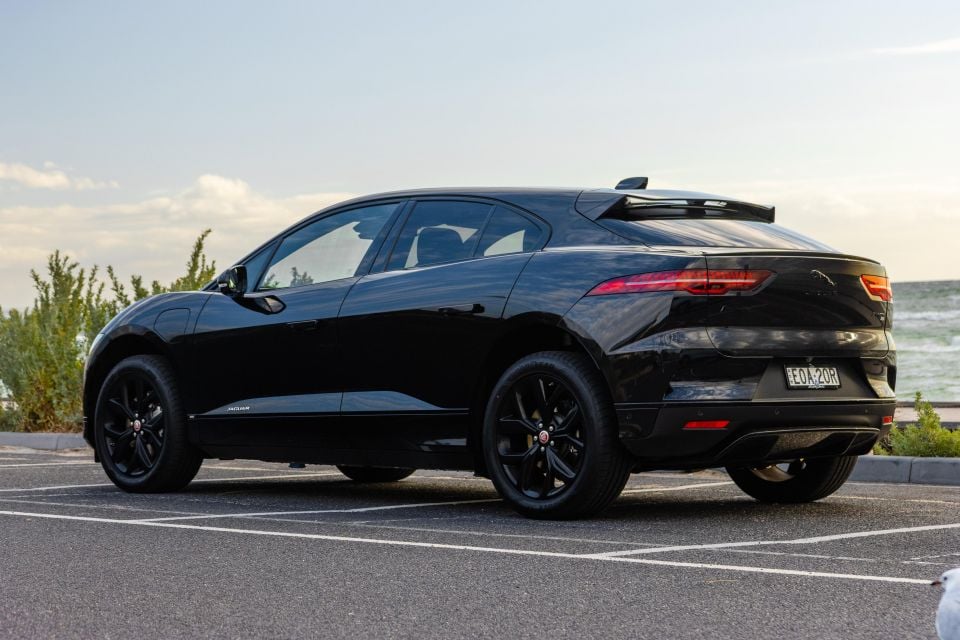
12 months later, Bolloré announced the next generation of Jaguars would use a new platform developed with Magna called Panthera.
Otherwise, it’s been radio silence from the Indian-owned British luxury brand.
A report late last year from Le Monde said Jaguar’s current range of products would soldier on until 2025, and an earlier report tipped the post-2025 lineup would consist of two SUVs and a coupe.
While Jaguar beat many luxury brands to market with an electric SUV, its I-Pace – despite critical acclaim – has proved a slow seller and its platform hasn’t been used for any subsequent EVs.
Jaguar also sells a range of combustion-powered models: the E-Pace and F-Pace SUVs, the XE and XF sedans, and the F-Type sports car.
Where expert car reviews meet expert car buying – CarExpert gives you trusted advice, personalised service and real savings on your next new car.
William Stopford is an automotive journalist based in Brisbane, Australia. William is a Business/Journalism graduate from the Queensland University of Technology who loves to travel, briefly lived in the US, and has a particular interest in the American car industry.


Max Davies
6 Days Ago
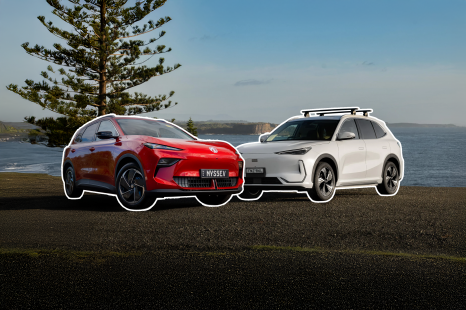

Andrew Maclean
5 Days Ago


Max Davies
4 Days Ago
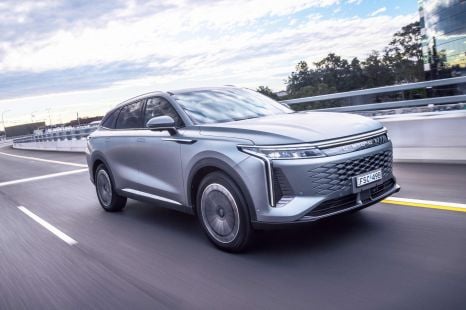

Damion Smy
2 Days Ago
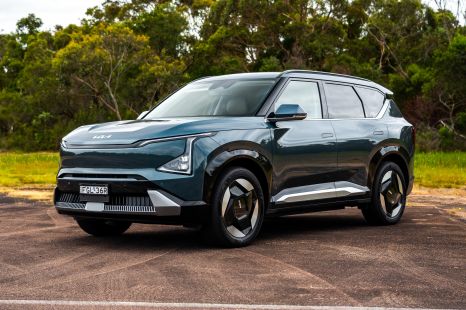

James Wong
2 Days Ago
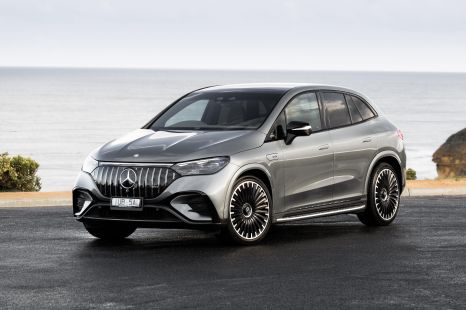

William Stopford
5 Hours Ago